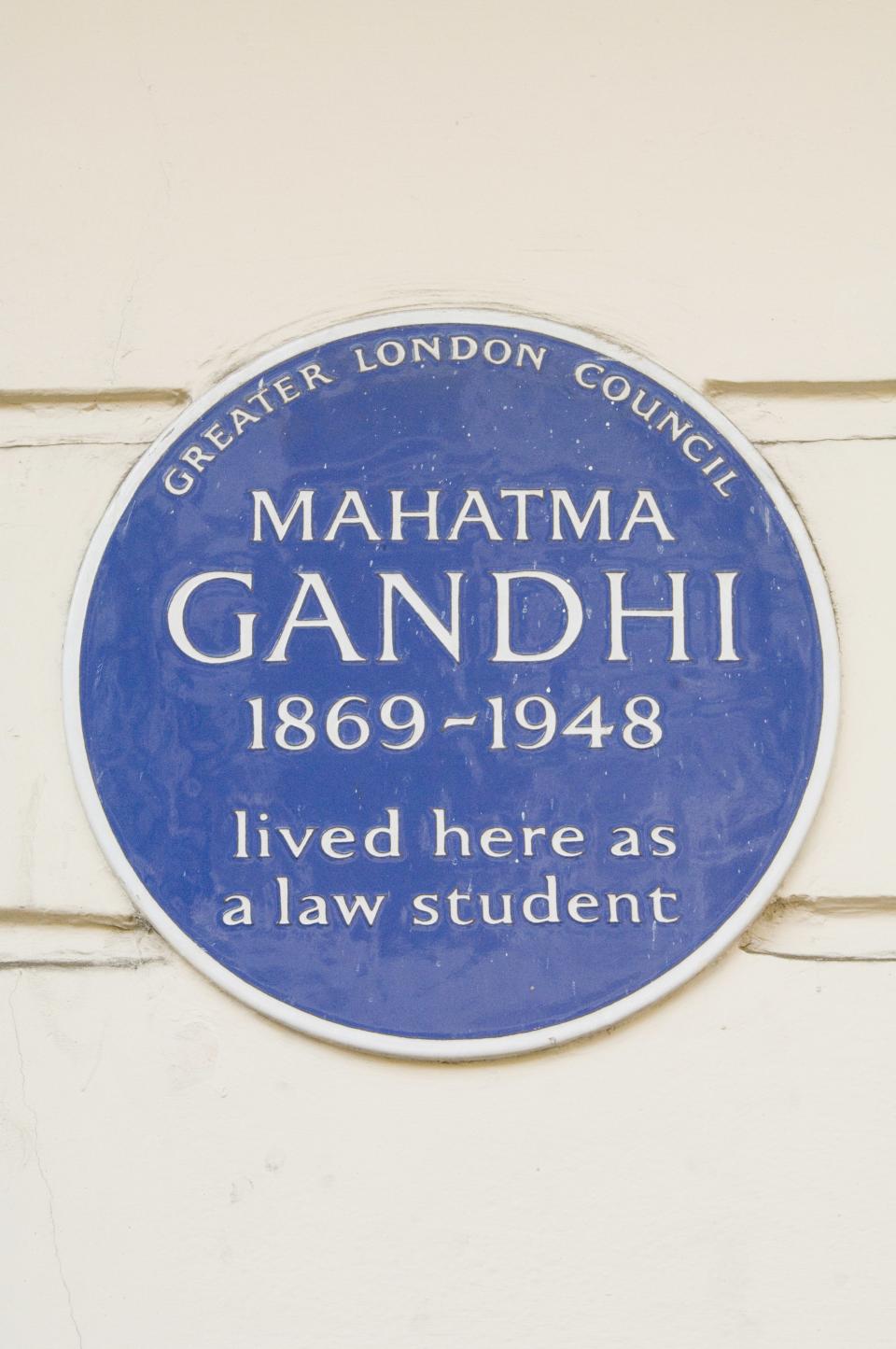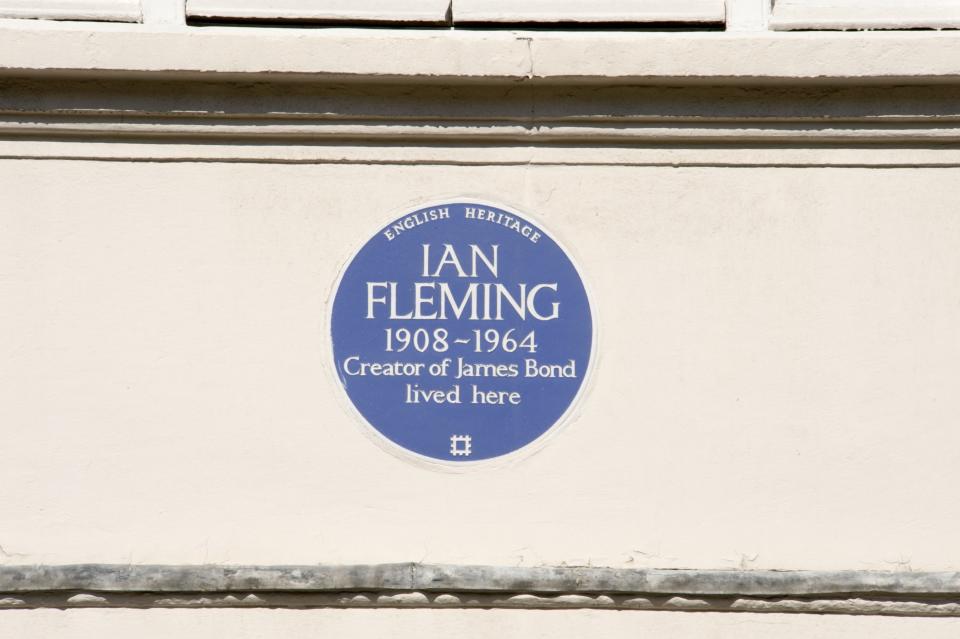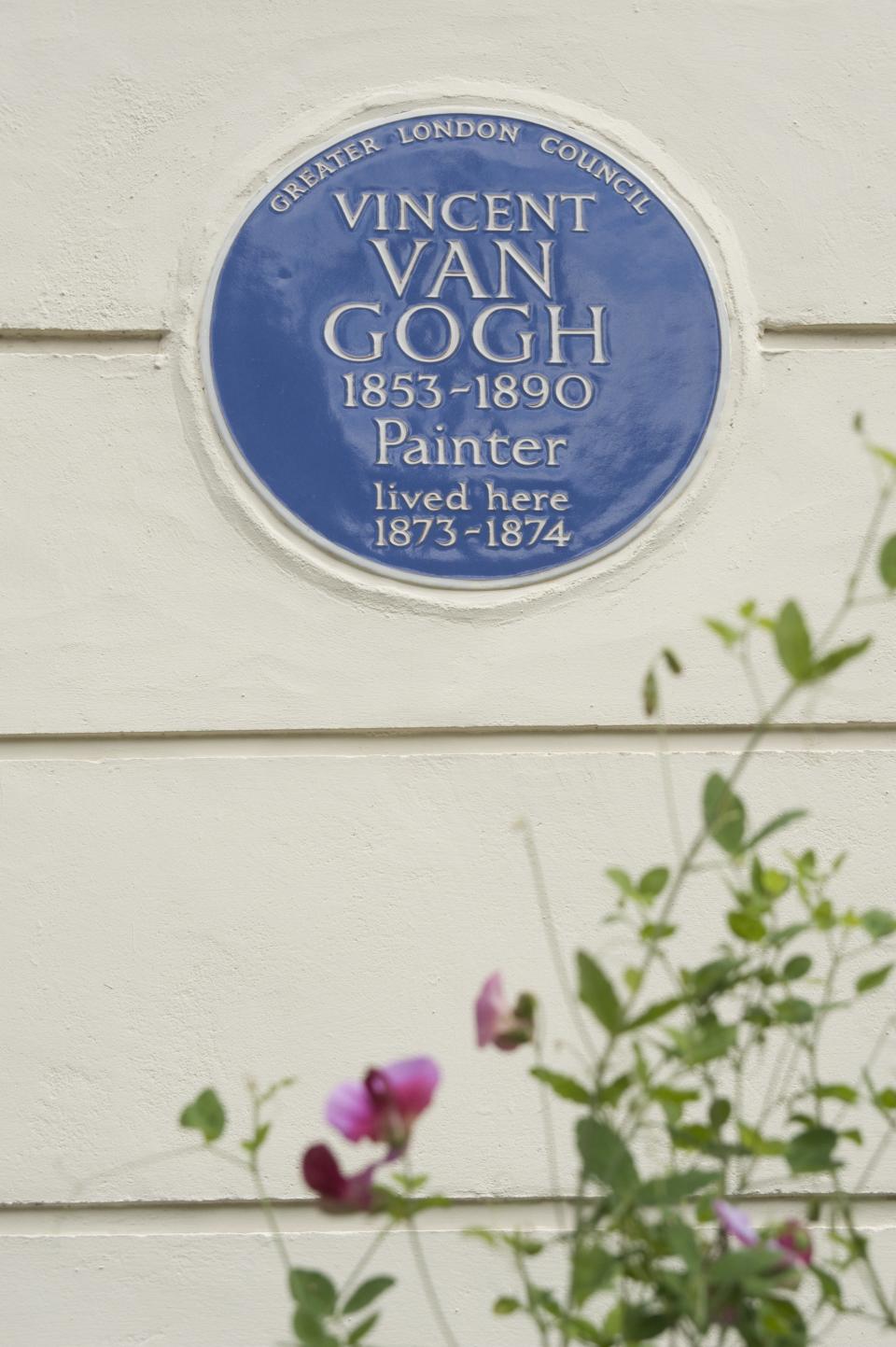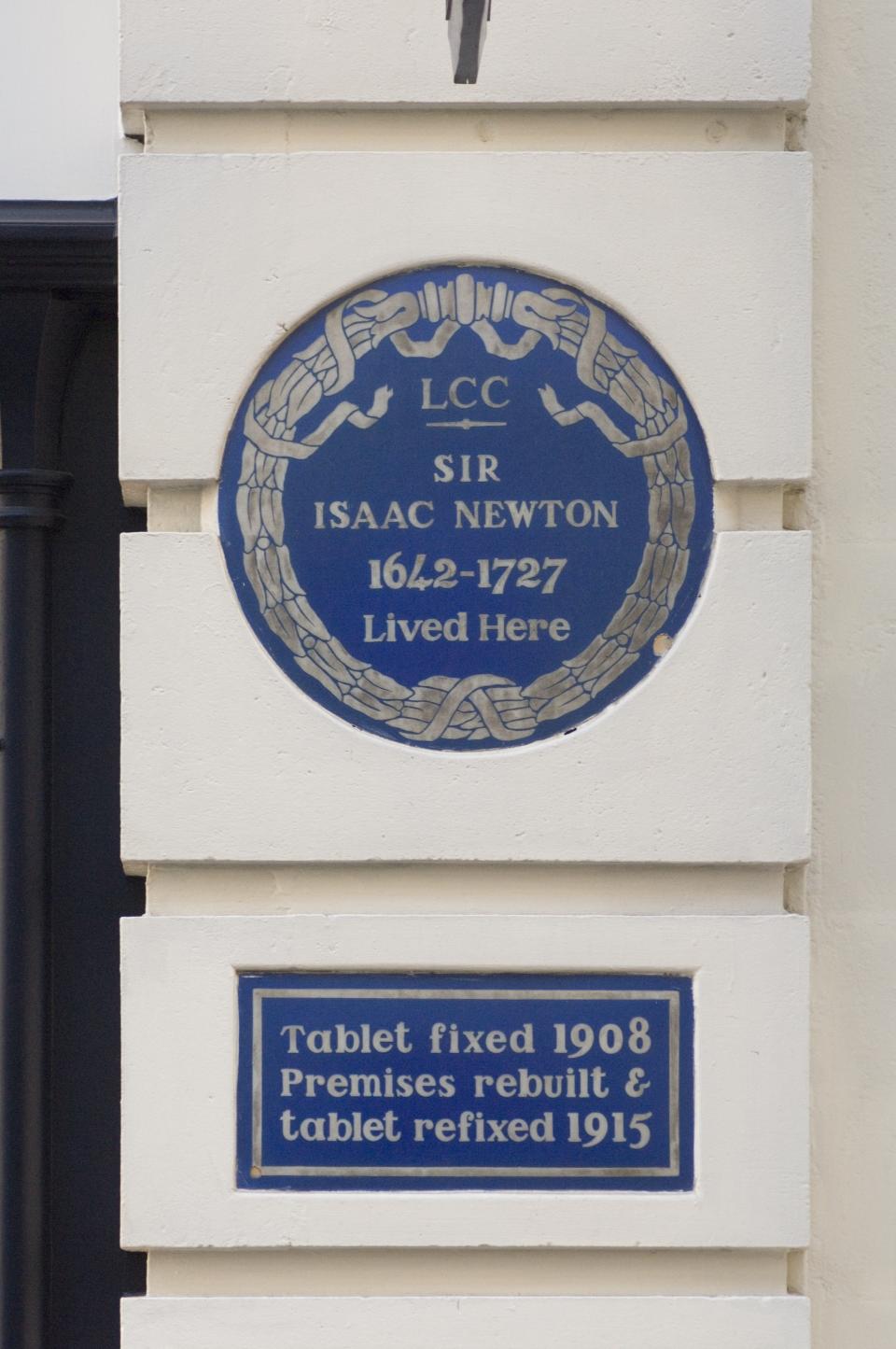For More Than 150 Years London Has Marked Its Most Significant Buildings With a Blue Plaque
If you stroll the streets of London long enough, chances are you’ll happen upon any number of buildings designated with a round blue plaque. The markers are part of a program founded in 1866 by the Society of Arts, later called the Royal Society of Arts, to commemorate places of significance to historical figures or sites of national importance. The very first was installed at 24 Holles Street, the birthplace of poet Lord Byron, but the structure and its plaque were destroyed in 1889. But the second plaque, which was dedicated to Napoleon III and placed on 1C King Street, where he lived, still survives today. Over the last 153 years, the program changed hands four times, first to the London County Council (LCC), then to the Greater London Council (GLC), then to English Heritage, which took over in 1886 and still manages the program today. Currently, about 12 sites are installed with a new plaque each year, and the selection process is a highly detailed affair.

“Since it was founded over 150 years ago, the London blue plaques scheme has been driven mainly by suggestions from the public,” says Howard Spencer, English Heritage’s senior blue plaques historian. “Commemorative plaques appeal to people of all ages and backgrounds in London, to residents and visitors alike. We welcome interesting and viable proposals for London blue plaques to celebrate prominent individuals and mark other significant historical associations.”

The public can submit proposals for new sites online for review by English Heritage’s blue plaques panel, which meets three times yearly to create a short list. Each proposed site must meet a number of strict standards, such as the candidate must be deceased for at least 20 years before his or her nomination; at least one building linked to the figure must still exist in greater London and not have been significantly altered from its original state; candidates may not receive more than one plaque; buildings may not be marked with more than two plaques; and the list continues in great detail. If a proposal meets the criteria, it will likely make the short list.

“After a figure is short-listed, there is a second stage of research, the main purpose of which is to identify and check all the addresses associated with the person in the greater London area,” says Spencer. “The aim is to choose the best place to commemorate them: The factors considered include length and significance of residence in the building of the figure concerned and in the area in which it is situated, and the suitability of the building to bear a plaque in terms of public visibility and footfall.”

To date, more than 900 official plaques exist throughout London, though they do vary in size, shape, and color, as numerous materials and methods have been used over the years. But since World War II, the easily identifiable blue roundel has been the design of choice. To sift through and learn more about each of the sites belonging to the program, search English Heritage’s database, or download the Blue Plaques of London app.
Originally Appeared on Architectural Digest

